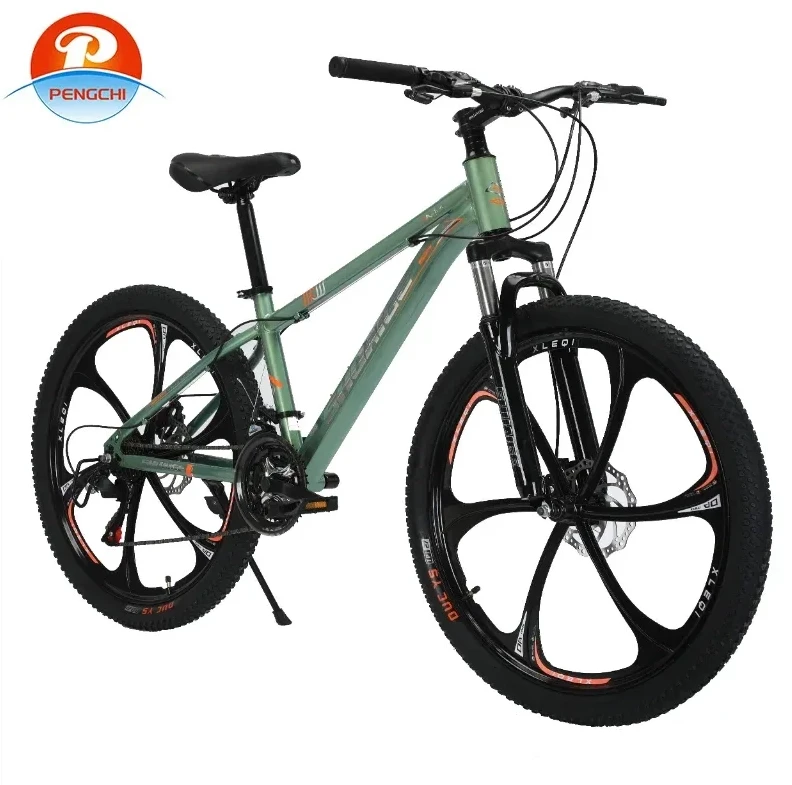
-
 Afrikaans
Afrikaans -
 Arabic
Arabic -
 Belarusian
Belarusian -
 Bengali
Bengali -
 Bulgarian
Bulgarian -
 Croatian
Croatian -
 Czech
Czech -
 Danish
Danish -
 Dutch
Dutch -
 English
English -
 Finnish
Finnish -
 French
French -
 German
German -
 Greek
Greek -
 hawaiian
hawaiian -
 Hebrew
Hebrew -
 Hindi
Hindi -
 Hungarian
Hungarian -
 Indonesian
Indonesian -
 irish
irish -
 Italian
Italian -
 Japanese
Japanese -
 Javanese
Javanese -
 kazakh
kazakh -
 Khmer
Khmer -
 Korean
Korean -
 Kyrgyz
Kyrgyz -
 Lao
Lao -
 Latin
Latin -
 Luxembourgish
Luxembourgish -
 Malay
Malay -
 Myanmar
Myanmar -
 Norwegian
Norwegian -
 Persian
Persian -
 Polish
Polish -
 Portuguese
Portuguese -
 Romanian
Romanian -
 Russian
Russian -
 Serbian
Serbian -
 Slovak
Slovak -
 Somali
Somali -
 Spanish
Spanish -
 Swedish
Swedish -
 Tagalog
Tagalog -
 Thai
Thai -
 Turkish
Turkish -
 Turkmen
Turkmen -
 Ukrainian
Ukrainian -
 Uighur
Uighur -
 Vietnamese
Vietnamese
Lis . 11, 2024 04:27 Back to list
Tips for Choosing the Perfect Bicycle for Your Needs and Lifestyle
How to Pick the Right Bicycle
When it comes to choosing a bicycle, the plethora of options available can quickly become overwhelming. Whether you are a seasoned cyclist or a beginner, selecting the right bike can greatly enhance your riding experience. Here is a comprehensive guide to help you make an informed decision based on your needs, preferences, and riding style.
1. Determine Your Riding Purpose
The first step in choosing the right bicycle is to identify how you intend to use it. Are you planning to ride for leisure, commuting, fitness, or tackling rugged trails? Common bicycle types include
- Road Bikes Ideal for paved surfaces and long-distance rides, road bikes are lightweight and designed for speed. They feature slim tires and a drop handlebar for an aerodynamic position.
- Mountain Bikes Built to handle rough terrains, mountain bikes come with wide, knobby tires for traction and a sturdy frame for durability. They are perfect for trail riding and off-road adventures.
- Hybrid Bikes Combining features of road and mountain bikes, hybrids are versatile and suited for various terrains. They are equipped with a comfortable seat and can handle both paved roads and light trails, making them a popular choice for commuters and casual riders.
- Cruisers Characterized by their comfortable seating position and classic design, cruisers are ideal for leisurely rides on flat terrains. They often come with wider tires and are more about comfort than speed.
- Electric Bikes (E-bikes) These bicycles come with a battery-powered motor that assists pedaling, making them an excellent option for those who may find traditional biking challenging. E-bikes are available in various styles, including road and mountain variants.
2. Consider Comfort and Fit
Once you've determined the type of bike that suits your needs, it’s essential to focus on comfort and fit. A well-fitting bike not only enhances your riding experience but also reduces the risk of injury. When testing for fit, consider the following
- Frame Size Each style of bike has its own sizing chart
. Generally, you can find the right size frame by measuring your inseam and referring to the manufacturer’s sizing guidelines.- Handlebars The height and reach of the handlebars can affect your riding position. Make sure you can comfortably reach the handlebars without straining.
how to pick the right bicycle

- Seat Height When seated on the bike, your feet should be able to touch the ground. However, when pedaling, there should be a slight bend in your knee. Adjust the seat height accordingly to ensure optimal comfort.
- Test Ride Always take the bike for a test ride. This will give you a feel for how it handles, the comfort of the seat, and if the overall fit is right for you.
3. Evaluate Components and Quality
The quality of the bicycle components can significantly impact performance and durability. Key components to consider include
- Brakes Options include rim brakes and disc brakes. Disc brakes provide better stopping power, especially in wet conditions, while rim brakes are lighter and easier to maintain.
- Gearing Depending on your riding terrain, consider the gearing components. If you plan on riding hilly areas, a bike with more gears may be beneficial.
- Wheels and Tires The size and type of tires affect handling and comfort. Thicker tires offer better traction and comfort, while thinner tires are faster but can be less forgiving on bumpy roads.
4. Budget Considerations
Bicycle prices can vary widely, from budget options to high-end models. Set a budget that accounts not only for the bicycle but also for necessary accessories such as a helmet, lights, lock, and maintenance tools. Investing in a quality bike may save you money in repairs and replacements down the line.
5. Seek Expert Advice
Finally, don’t hesitate to seek advice from local bike shops or cycling communities. Professionals can offer insights based on your needs and preferences. Additionally, online reviews and forums can provide valuable information to help steer your decision.
Conclusion
Choosing the right bicycle is a personal journey that requires careful consideration of your riding style, comfort, and budget. By understanding the different types of bicycles and key components, you can make an informed choice that will enhance your cycling experience. Happy riding!
-
Premium Titanium Road Bike: Lightweight & Durable
NewsAug.01,2025
-
Red Black BMX Bike with GPT-4-Turbo AI Tech
NewsJul.31,2025
-
New Red Anti-theft E-Bike | Easy Ride City Commuter
NewsJul.31,2025
-
BMX 20 Inch Bikes for Freestyle & Street | Fat Tire Options Available
NewsJul.30,2025
-
322 High Quality 26 Inch 21 Speed Adult Mountain Bike OEM MTB
NewsJul.29,2025
-
Specialized Kids Mountain Bikes - Safe, Durable & Fun Riding Experience
NewsJul.29,2025

